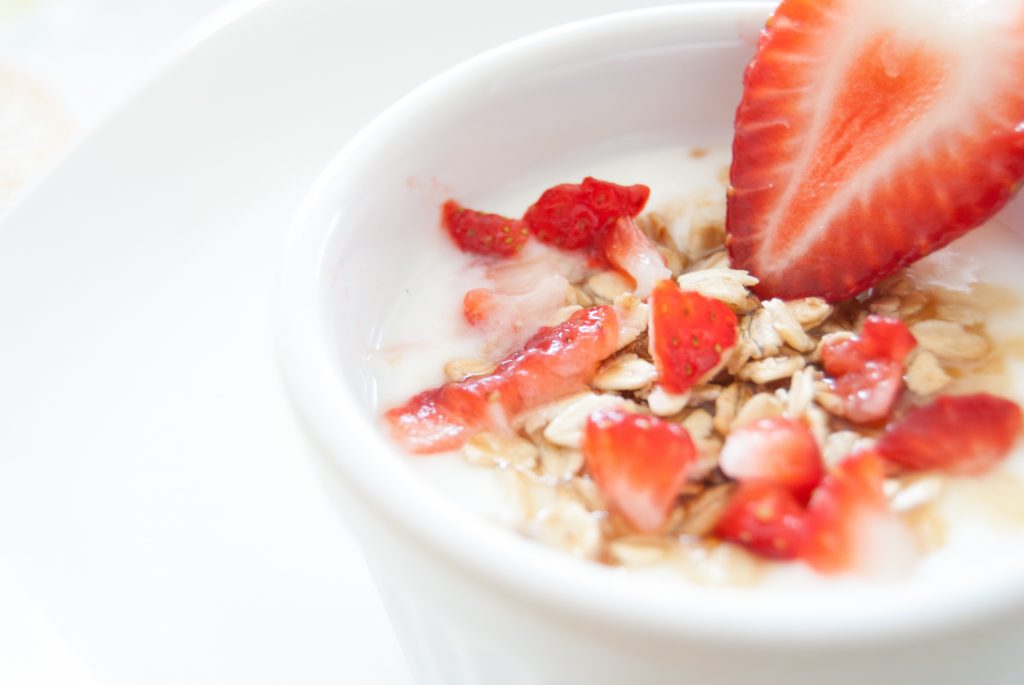
While it is a popular belief that oats are gluten free(GF), there are many experts who make reference to the people who cannot tolerate oats on a GF diet to make the argument that they may not be as gluten free as originally thought.
For a long time, experts recommend avoiding oats because they have been known to cause the same reaction as wheat and rye, among other triggers. However, more recently, nutrition experts are saying that some oats are safe for people to eat when they have a gluten intolerance.
The matter has been studied closely by medical specialists and the findings have proven that oats, for the most part, are safe for consumption by people who have a gluten intolerance – IF the oats have not been contaminated by another trigger source, such as wheat or culprits.
In Canada, there has been a marketing authorization passed that allows certain oat manufacturers to advertise their oats as being gluten free. There are rigorous rules surrounding the ability to claim an oat product is gluten free, but this just means that anyone with a gluten intolerance can trust the source of the oat product when it is marked as such. You can read Celiac.ca’s statement on it here: http://www.celiac.ca/?page_id=2831
There are a few recommendations on when it is safe to ingest oats after being diagnosed as gluten intolerant: people should wait until they have been able to stabilize their gluten intolerance to a point where they resume regular eating patterns and understand how gluten acts in their bodies. The suggested time is after 6 months of a full GF diet (see source in link below).
As for gluten free oats or oats with gluten in them, the real conversation is surrounding the safety of oats in a GF diet at all. People who are gluten intolerant may find that they can eat uncontaminated oats, but finding such oats may prove difficult given that many manufacturers have cross contamination in similar products. It will be up to the individual, along with the guidance of their health care team to determine what they can and cannot eat when they have been diagnosed as gluten intolerant.
Taking on a gluten free diet is best done under the supervision of your health care team who can advise you on where to start and how much of certain foods you can and can’t eat. The best approach is to start with small amounts of foods as you reintroduce them to your body, especially when you are considering consuming oats. This should be after at least 6 months of a full gluten free diet. The recommended amount is less than one half cup when you are just starting to test your intolerance to oats. If you find you are feeling discomfort or experience gas and bloating, you can cut back to one quarter cup. It will take time to figure out what foods your body will tolerate, so be patient. (source)
My two personal go-to products for gluten free oats are “Bob’s Red Mill Gluten Free Oats” (order on Amazon) or more locally in Canada, at the Bulk Barn you can get “Only Oats Wheat Free Regular Flakes” which is a nice big bag for a great price. I’ve actually never tested the oats myself but am just trusting the labels when they say ‘gluten free’.
While oats have many health benefits, your main priority as a person with gluten intolerance is to ensure you aren’t doing your body more harm than good. It won’t take you long to figure out if you can eat oats in your GF diet; you’ll start to feel the symptoms associated with gluten consumption in short order if your body doesn’t like the oats.
Go slow and pay attention to how you are feeling each step of the way to ensure you are making the best choices for your gluten free diet.
Note: The article above may contain affiliate links to Amazon.com. I may earn a small commission for my endorsement, recommendation, testimonial, and/or link to any products or services from this website.

